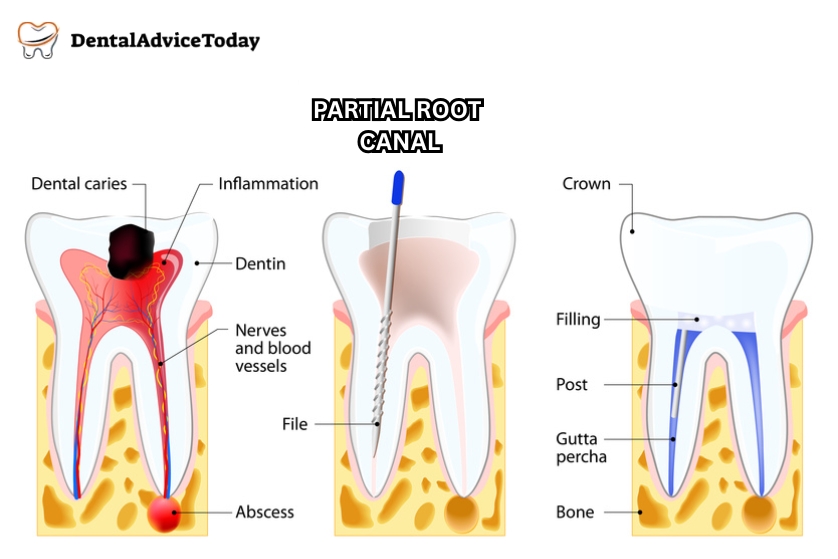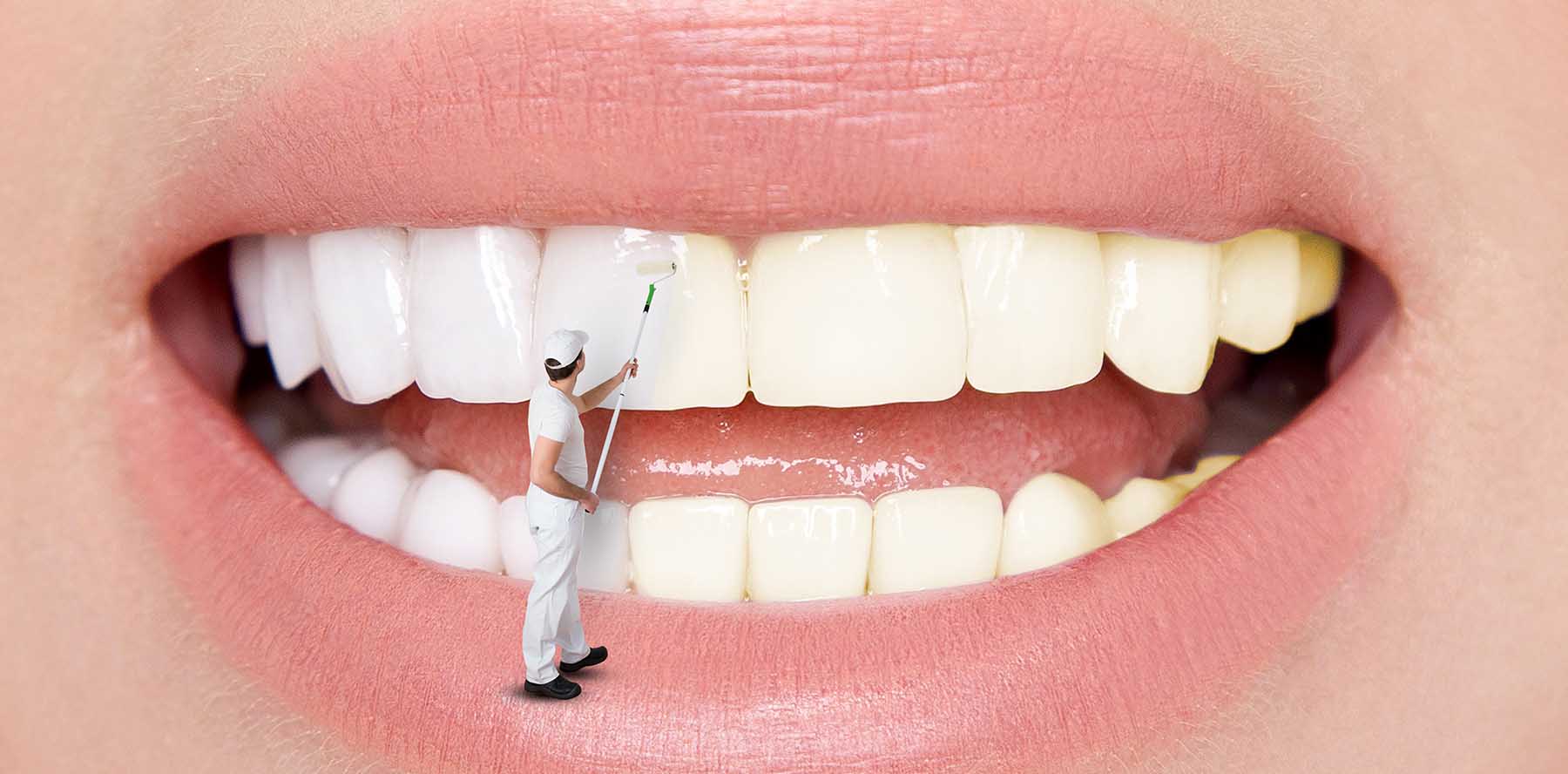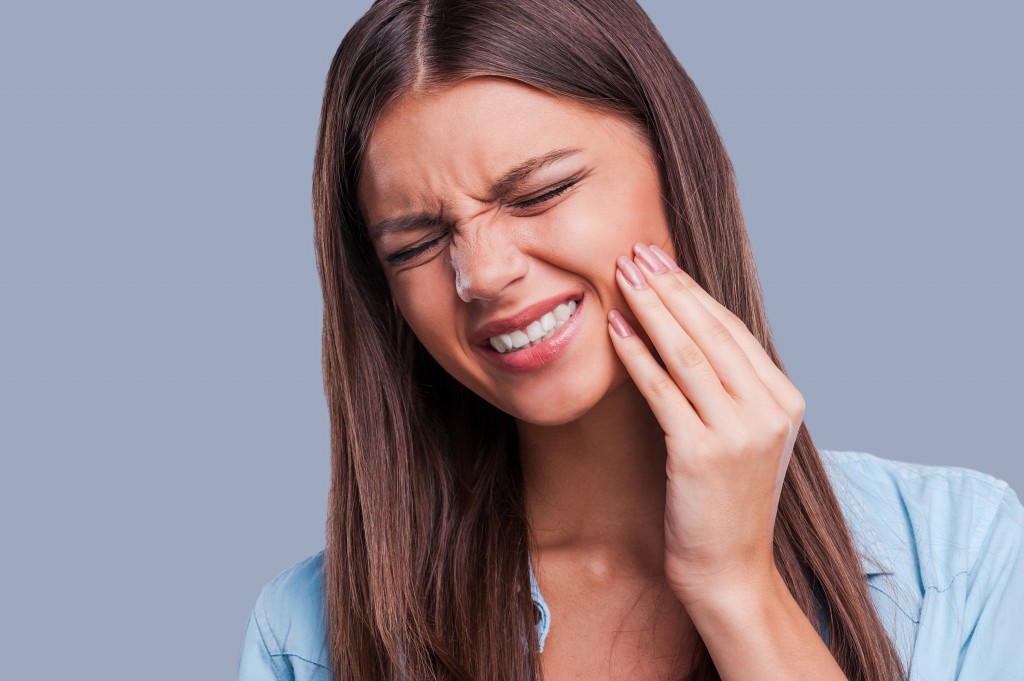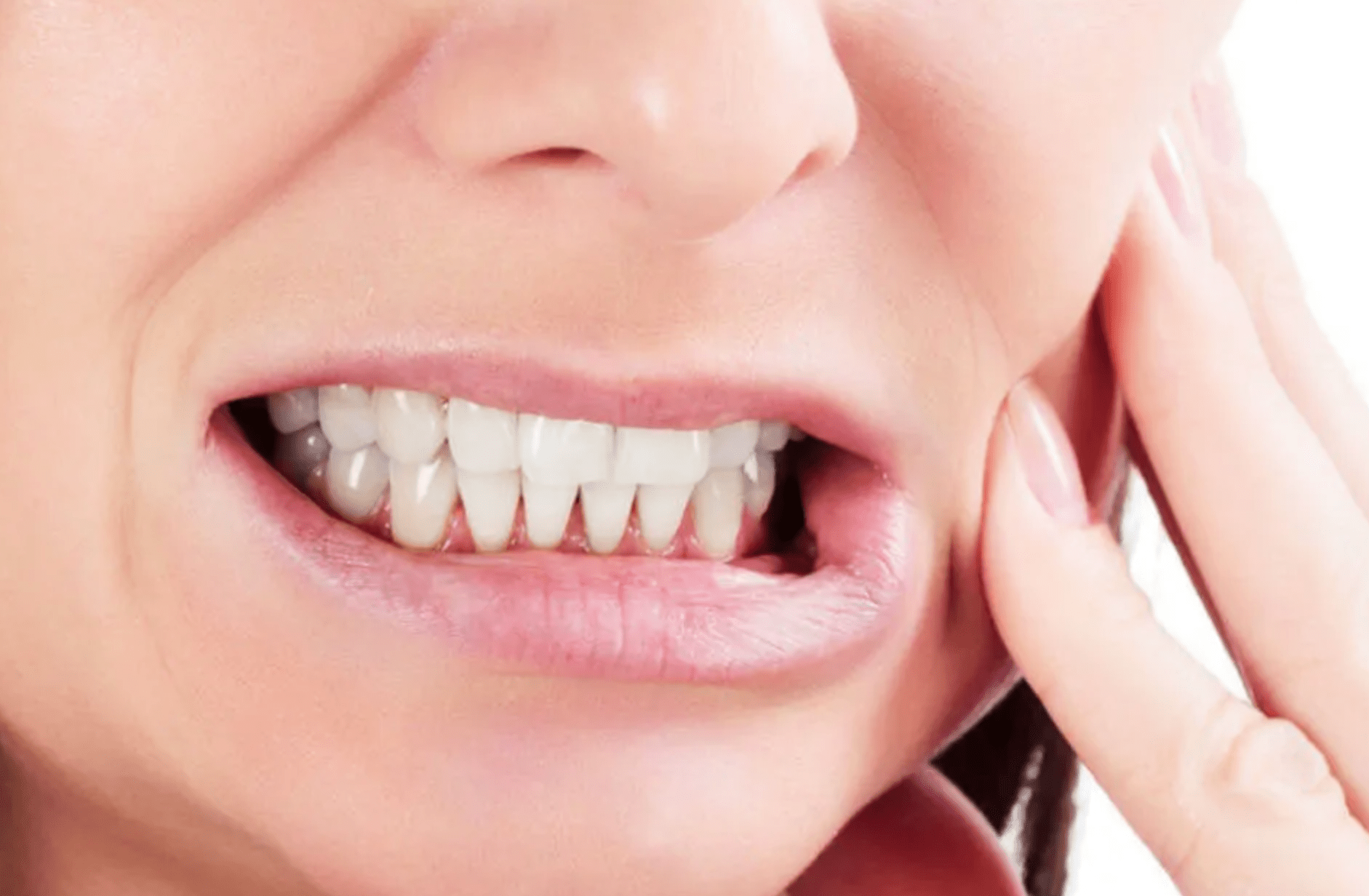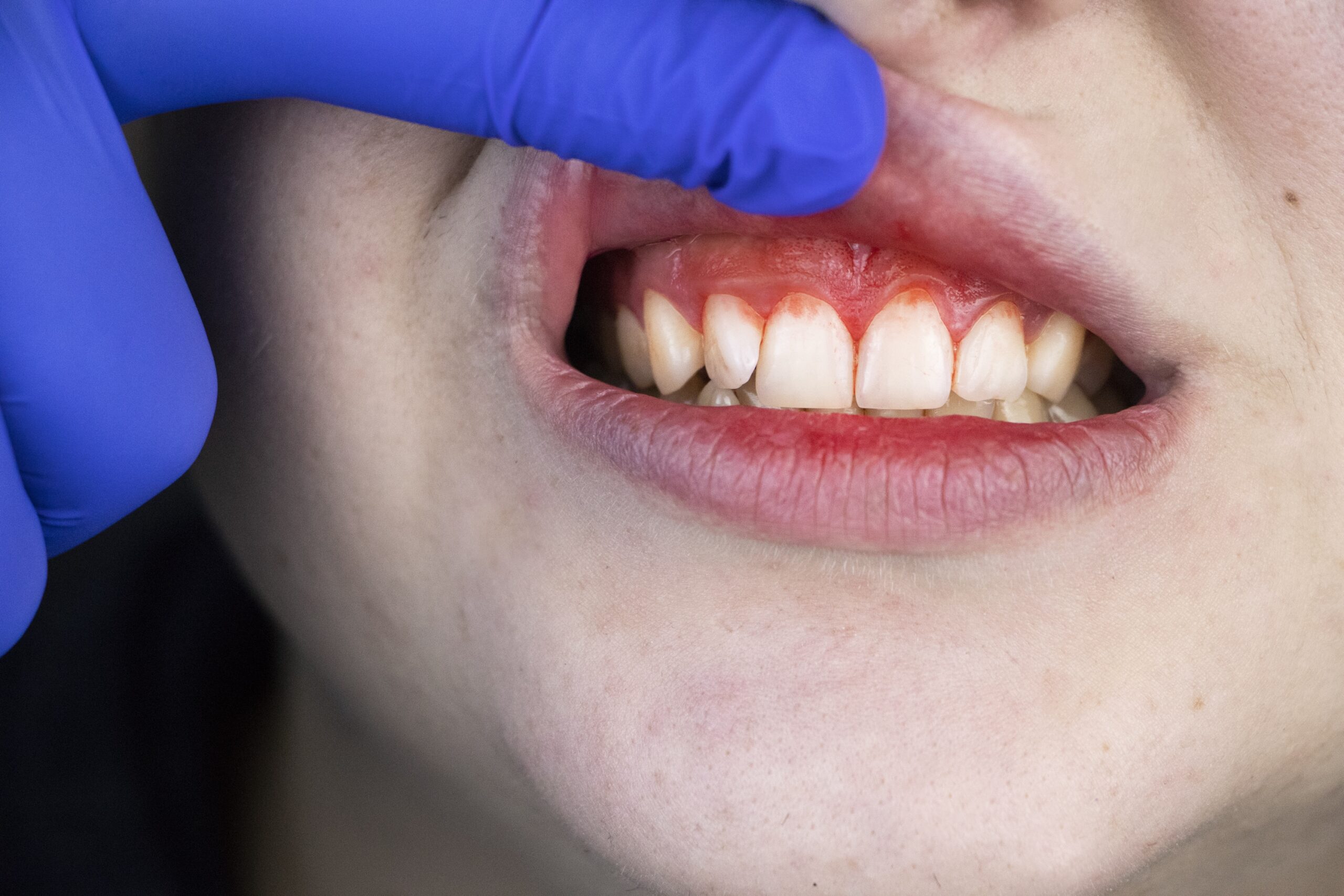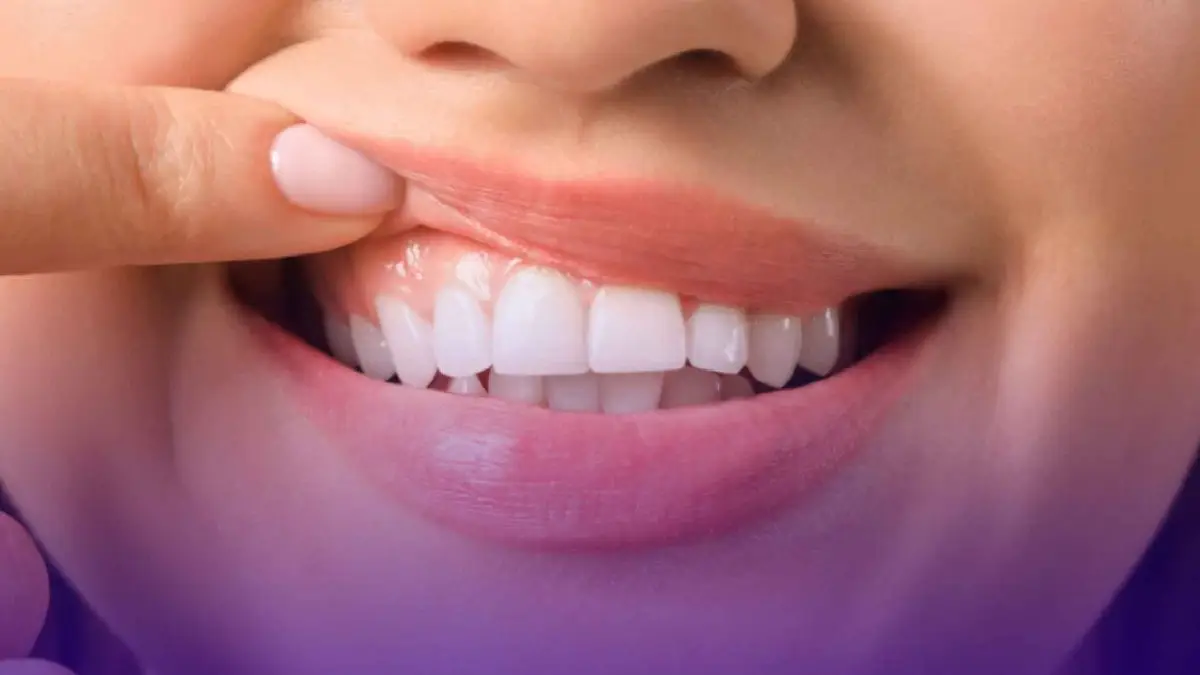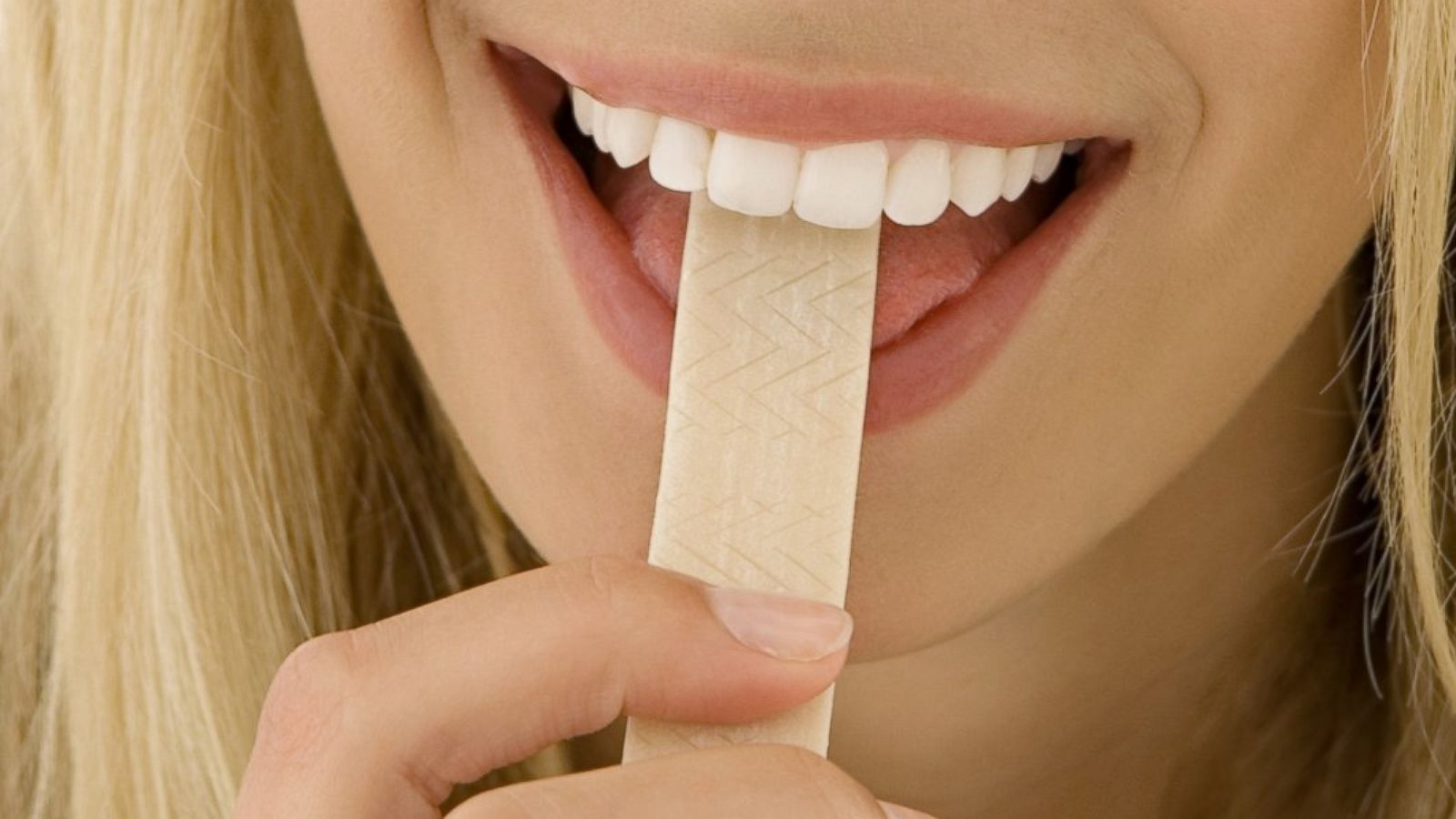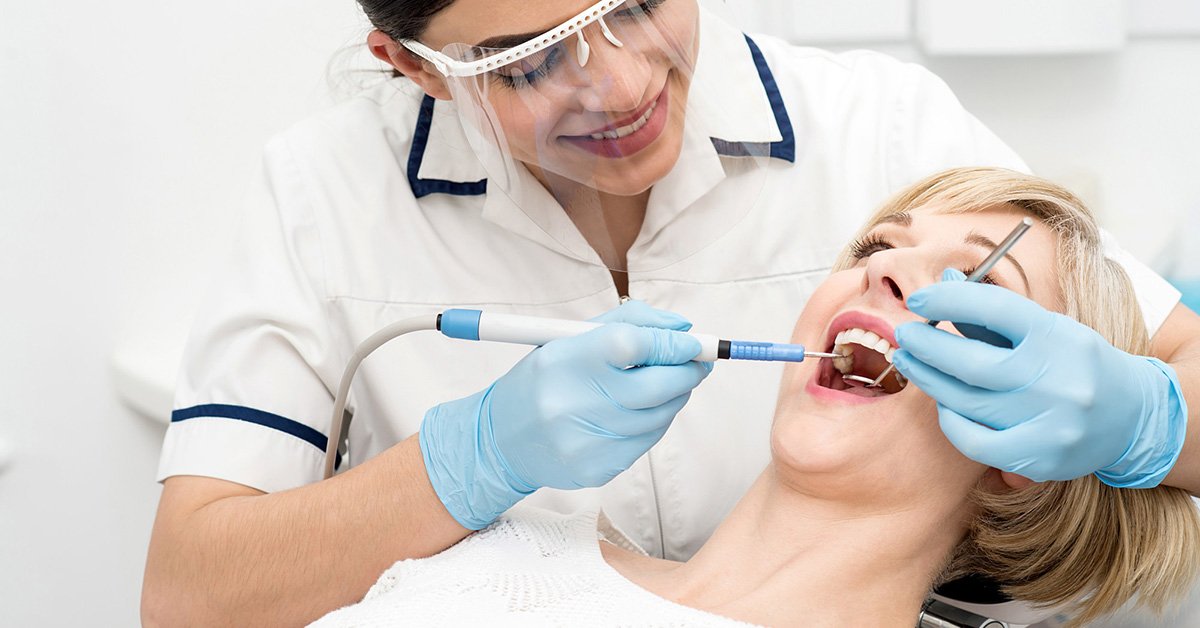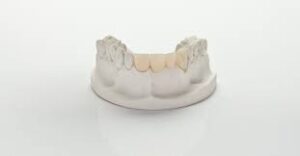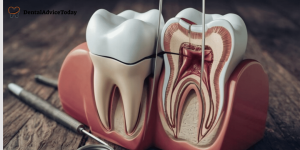Welcome to Dental Advice Today, your go-to spot for simple tips on keeping your smile healthy. Today, we’re talking about a partial root canal. This is the dental fix that can save a tooth from major problems like decay or infection. If you’ve ever wondered what a partial root canal, it’s a treatment where the dentist takes out just the sick part of the soft stuff inside your tooth, called the pulp. This is often known as a pulpotomy, especially for kids’ teeth. It’s not as big a deal as a full root canal, and it helps keep your natural teeth working well.
Don’t stress, this guide will cover all that. We’ll look at pain after partial root canal, signs of partial root canal infection, and how it stacks up in a partial root canal vs root canal comparison. Plus, we’ll share easy aftercare tips, like brush partial root canal and eating after partial root canal. If you’ve noticed a bad taste in your mouth after a partial root canal or heard about a partially filled root canal, we’ve got you covered too.
What is a Partial Root Canal?
It is a process of repairing a tooth when it is damaged or infected, though not so severely. The pulp is the soft part of your tooth that is full of nerves and blood vessels. It may be painful or swollen when germs enter through decay or crack. A partial root canal, is like pulpotomy, removes only the top infected part of the crown of the teeth. The healthy pulp in the roots stays put.
This treatment is great for early problems, like baby teeth or young permanent ones. This is usually seen in pediatric dentistry since it does not go too deep saving the teeth. Sharp pain when eating something sweet or cold, swelling around the tooth, or a pimple in the gums are some signs that you may need one. Upon early detection, it prevents the spread of the infection and eliminates greater problems, such as losing the tooth.
Why choose a Partial Root Canal?
It is less painful and faster than other treatments. This is aimed at allowing the tooth to heal spontaneously and retain the ability to bite and chew something. It is used by dentists in conditions such as deep cavities or fall injuries. After removal, they put in medicine to kill germs and seal it with a filling or crown. This keeps things clean and strong. Keep in mind that, maintaining good oral care will help to avoid having one at all, brush twice a day and floss!
In case the issue is more rooted, it may become a full procedure, yet it may be useful to start with a partial in many cases. It is an intelligent method of dealing with tooth infections without extracting the tooth. Don’t be afraid to ask your dentist what is best.
Partial Root Canal vs Root Canal
Now, let’s compare partial root canal vs root canal. Both help with infected teeth, but they’re not the same. A partial root canal is like a light version; it only deals with the top part of the pulp. A complete root canal removes all that, including roots.
Here’s a simple table to show the differences:
| Aspect | Partial Root Canal (Pulpotomy) | Full Root Canal |
| What It Does | Removes infected pulp from the crown only | Removes all pulp from crown and roots |
| Best For | Early infections, baby teeth, minor damage | Deep infections, adult teeth, severe cases |
| Time Needed | Usually 1 visit, 30-60 minutes | 1-2 visits, up to 90 minutes or more |
| Pain Level | Less discomfort, quick recovery | More soreness, longer healing time |
| Cost | Often cheaper | Usually more expensive |
| Long-Term | May need follow-up if infection spreads | More permanent fix for the tooth |
As you can see, a partial root canal is less invasive and is therefore recommended for kids or where the problem is not too severe. However, when the infection extends to the roots, the entire root canal is preferable to clean it. A partially filled root canal might happen if the partial one isn’t complete, leading to more work later. Your dentist will check the X-rays to pick the right one. Both are to save the tooth and prevent pain, but the partial will save you sooner and make it easier.
Stepwise Process of a Partial Root Canal
Partially having a root canal sounds frightening, but you know it is not that hard. Here is what will occur in simple bullet points:
- Numbing the area: The dentist injects you to make your mouth numb so that you do not feel pain.
- Isolating the tooth: They cover the tooth with a sheet of rubber to ensure that it is dry and clean.
- Making an opening: A small hole is drilled in the top of the tooth to reach the inside.
- Removing the bad pulp: The infected top part of the pulp is taken out carefully.
- Cleaning and stopping bleeding: This is followed by the cleaning of the area and the administration of medicine to prevent any bleeding and kill germs.
- Adding medicine: A paste or special material, such as MTA, is placed in to assist in healing.
- Sealing the tooth: The tooth is covered with a temporary or permanent filling and in other cases a crown is placed on top of the tooth later.
It often takes just one visit. You might hear tools whirring, but it’s quick. Bring music to relax. Afterwards, your tooth feels better soon.
Pain After Partial Root Canal
- Pain after a partial root canal is normal but mild. It comes from the healing area and might last a few days. Use pain pills like ibuprofen and ice the cheek. If partial root canal pain gets worse or lasts over a week, call your dentist – it could be an issue.
- Most folks feel better fast since it’s less work than a full one.
How Long Does a Partial Root Canal Last?
Wondering how long a partial root canal lasts? For baby teeth, it holds until they fall out naturally, often years. In adult teeth, it can last 5-10 years or more with good care, but sometimes requires a full root canal later if problems return. Brush well and get check-ups to make it last.
Dealing with Partial Root Canal Infection
The germs may remain or even reoccur resulting in a partial root canal infection. Swelling, pus or persistent pain are possible. It might need antibiotics or more treatment. Prevent it by following aftercare and seeing your dentist if something feels off.
Bad Taste in Mouth After Partial Root Canal
A bad taste in the mouth after a partial root canal might come from the medicine used or a small infection. It usually goes away in days. Rinse with salt water to help. If it sticks around, get checked.
Conclusion
Thanks for reading Dental Advice Today. A partial root canal is a great way to fix tooth problems without a lot of hassle. We have discussed the basics of a partial root canal all the way to how to manage pain following a partial root canal. Brushing and check-ups are good habits that should keep the problems away. Please comment in the comments section in case you have questions or stories. Talk to your dentist to get a specific recommendation and it will be worth smiling at!
FAQs
What is a partial root canal?
It involves removing just the infected portion of the pulp of the tooth, usually in the upper area of the tooth to preserve the tooth without completely cleaning it out.
How do I know if I need one?
Symptoms observed include exhaustible hypersensitivity to cold or heat, swelling of the gum or severe pain in the teeth, especially during chewing. Your dentist will examine you with tests and x-rays.
Is it better than pulling the tooth?
Yes, keeping your natural teeth is best. It’s cheaper and easier than replacements like implants.
Does it weaken the tooth?
Not really, a crown can make it strong again, and with good care, it lasts a long time.
